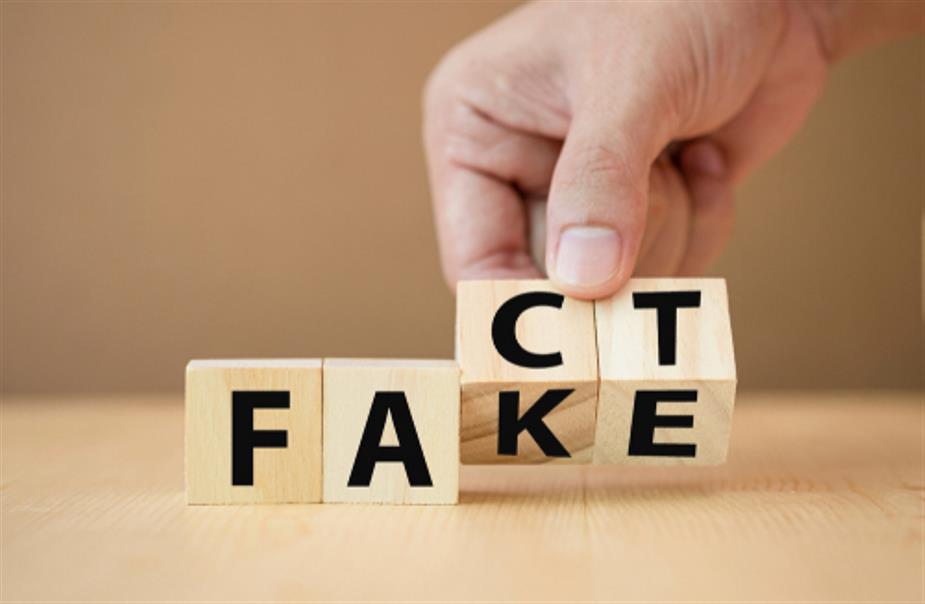Creating your own fake news

Our society is becoming increasingly more digital. The internet is the main source of information, especially for young people. At the same time we see a growing rise of fake news online. Together with Pabo students (Primary School Teacher Training), researchers of the Sustainable Talent Development research group conducted research on an effective method to make young children more media smart.
‘Today we see a lot of disinformation online,’ explains lecturer-researcher Jos van Helvoort. ‘Take for example the COVID vaccination. There is a risk that fewer people will get vaccinated because of fake news. That poses a serious health risk.’
More involvement
In today’s society everyone is becoming more involved. Examples include citizens giving family care, to providing input on how to set up their own living environment or advocating for their local library. ‘However, you can only participate effectively if you have the right information,’ explains Jos.
Participating and contributing
The THUAS researcher affirms that media awareness goes hand-in-hand with functioning in our society. Participating and contributing. Jos: ‘Because of the enormous supply of information online, a growing number of people are having a hard time distinguishing real and useful information from rubbish. That makes it more difficult to participate effectively in society. This is gradually becoming a real problem.’
Creating your own fake news
Together with the Royal library, the research group is conducting a literature study on the question how we can make young children more media smart. Jos: ‘There is a widespread idea that children can become more media smart by having them write their own fake news messages or create photoshopped pictures. Our research question was: Is that actually an effective method?’
Pabo students
The research was conducted last spring, together with THUAS year 3 PABO students. In coordination with the teachers of elementary school Kindcentrum Snijders in Rijswijk, the students created a didactic concept to research if children actually become better at distinguishing reliable news and fake news by creating their own fake news.
A light dose of fake news
The lesson package about media awareness that the students created for the research consisted of a theoretical and practical component. ‘Children from group 7 and 8 received a light dose of fake news to play with.’ Children created their own fake news with a photo shopped image, a sensational newspaper article and a video. The classes were taught over a period of five weeks by the students themselves and each class was concluded with a multiple-choice quiz (a ‘Kahoot!’), consisting of 10 true/fake questions.
Recognising fake news
The chosen method appears to be highly effective. ‘From the second class the Kahoot scores were higher and the difference in scores between week 1 and week 5 were even statistically significant. During the lesson series, the children learned how to check the reliability of information and over the course of five weeks they actually became better at recognising fake news.’
Critical-thinking global citizens
Jos finds it important for students to become media smart. ‘THUAS has the clear ambition to prepare students to become critical-thinking global citizens. Media awareness is an important component of citizenship development. It would be excellent if the topic could be integrated into subjects such as social studies or citizenship development.’
THUAS is also participating in an international comparative study about fake news on the COVID pandemic. ‘In that study we are looking at how fake news about COVID is spread and how teenagers from Belgium, Spain and the Netherlands respond to this.’
The Sustainable Talent Development research group is part of the Global and Inclusive Learning Centre of Expertise.